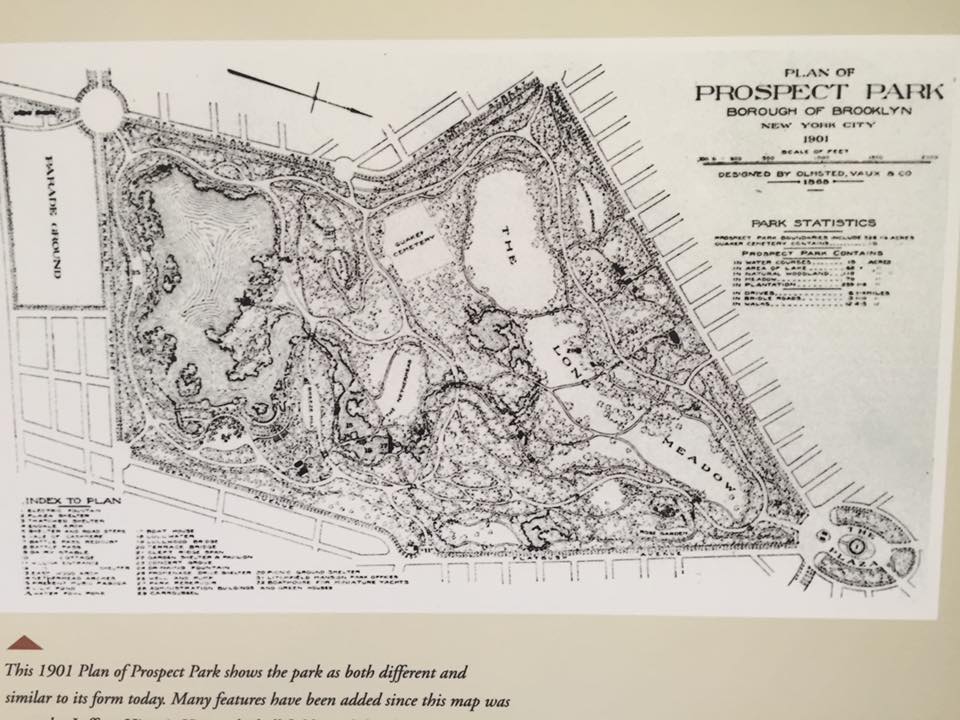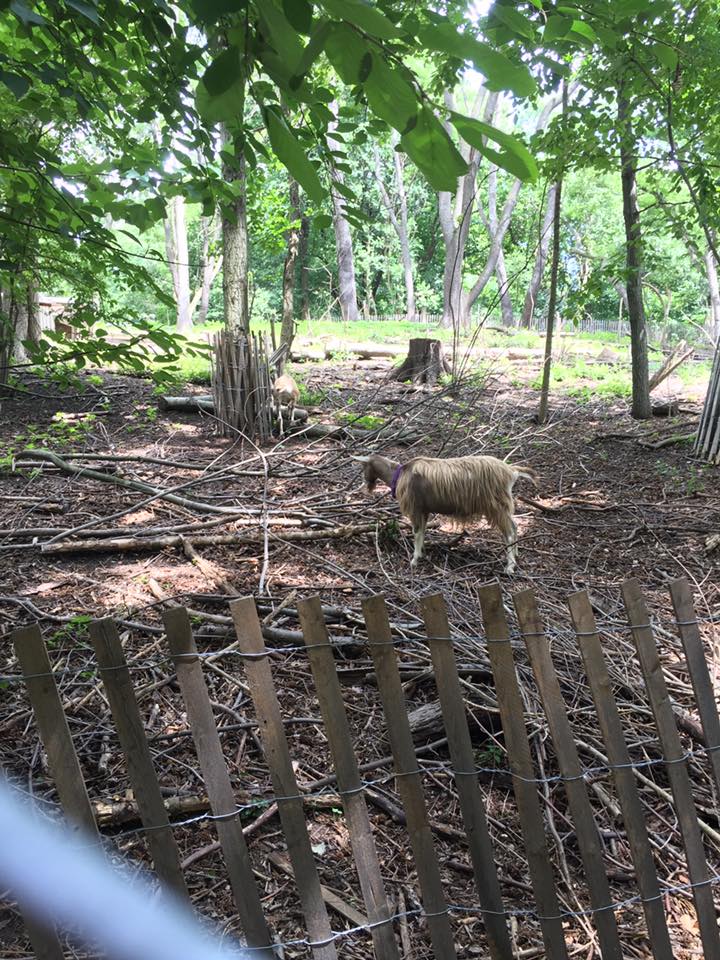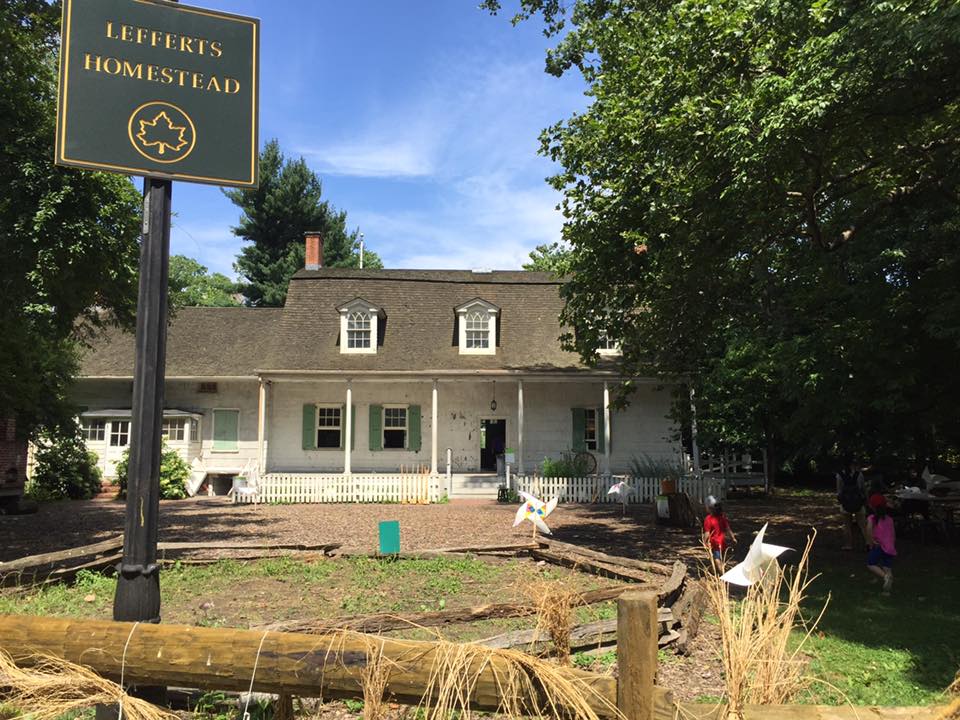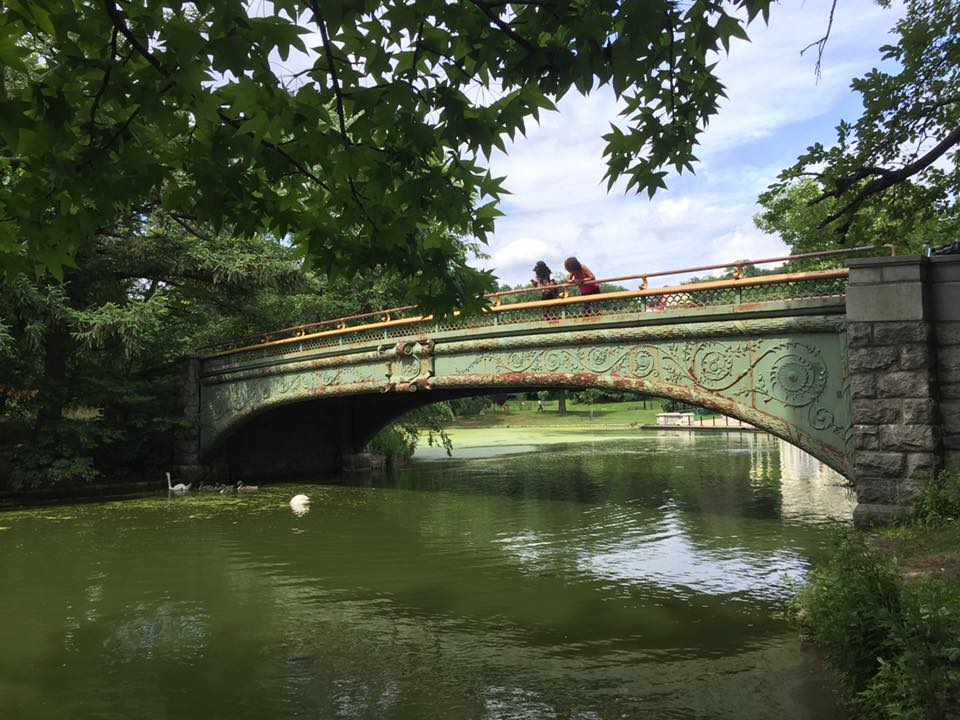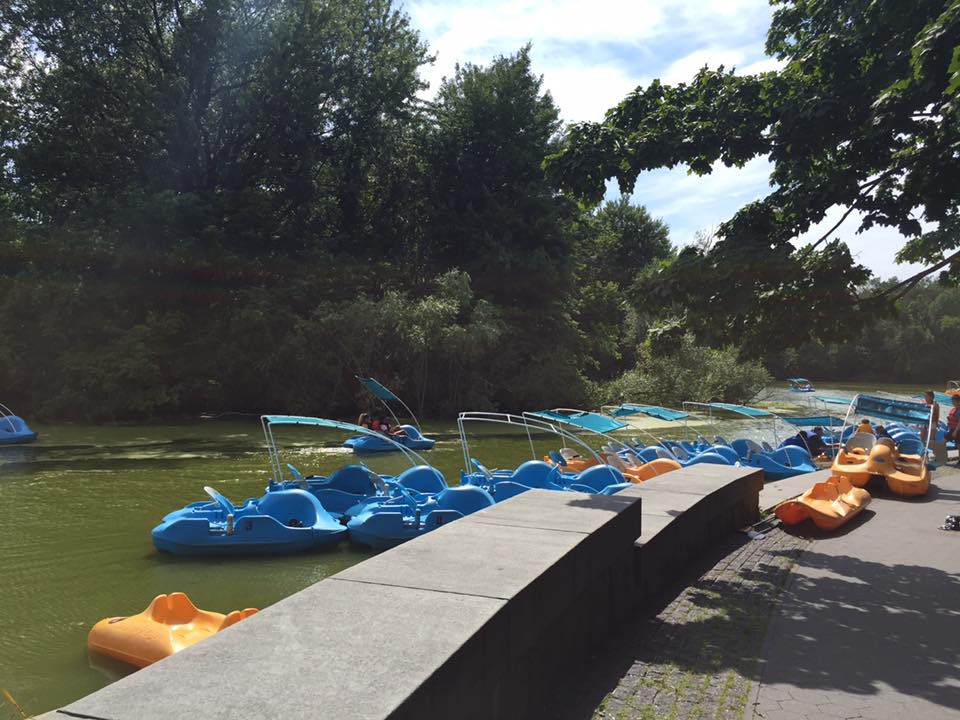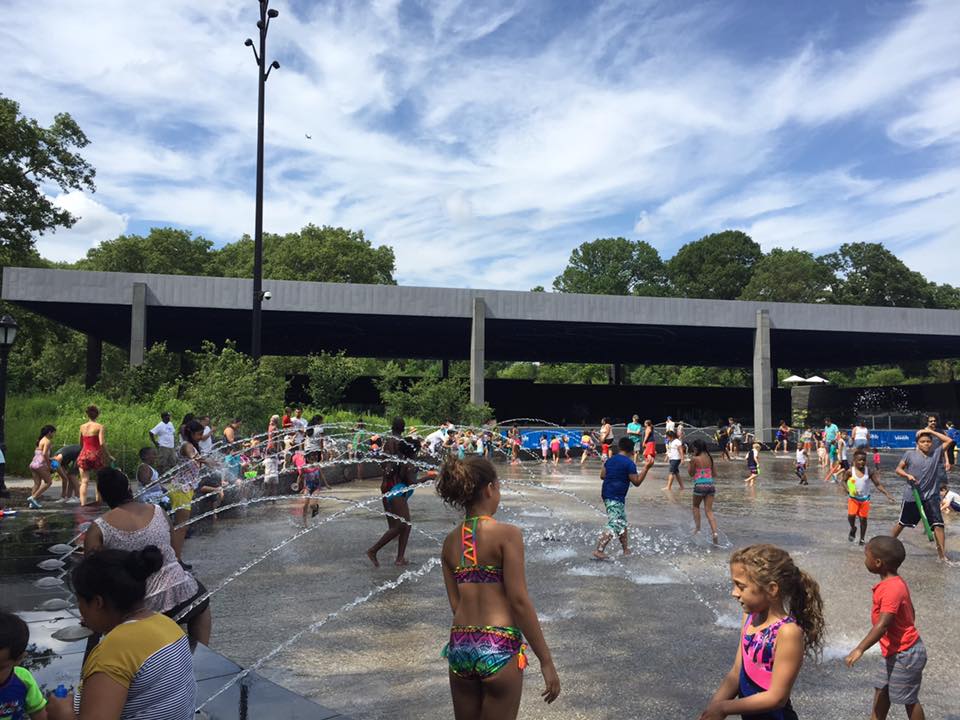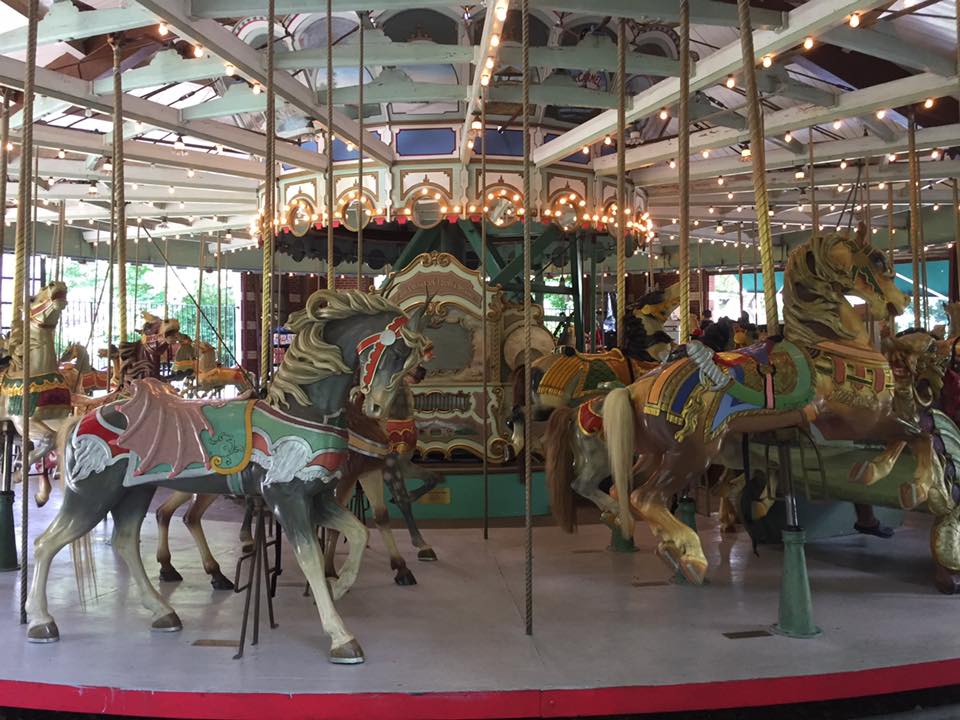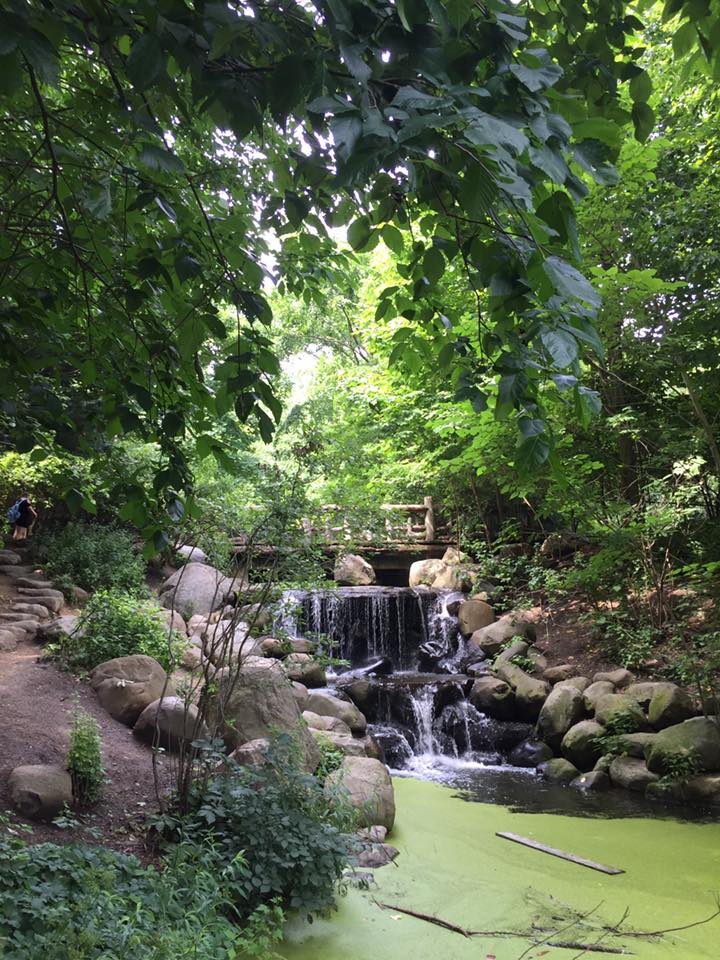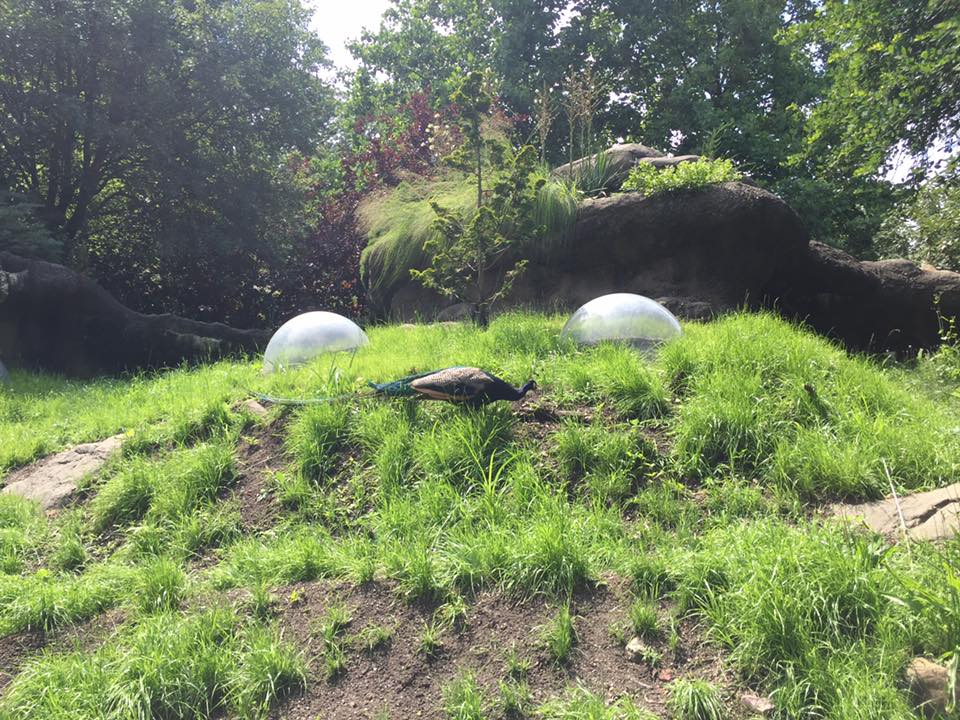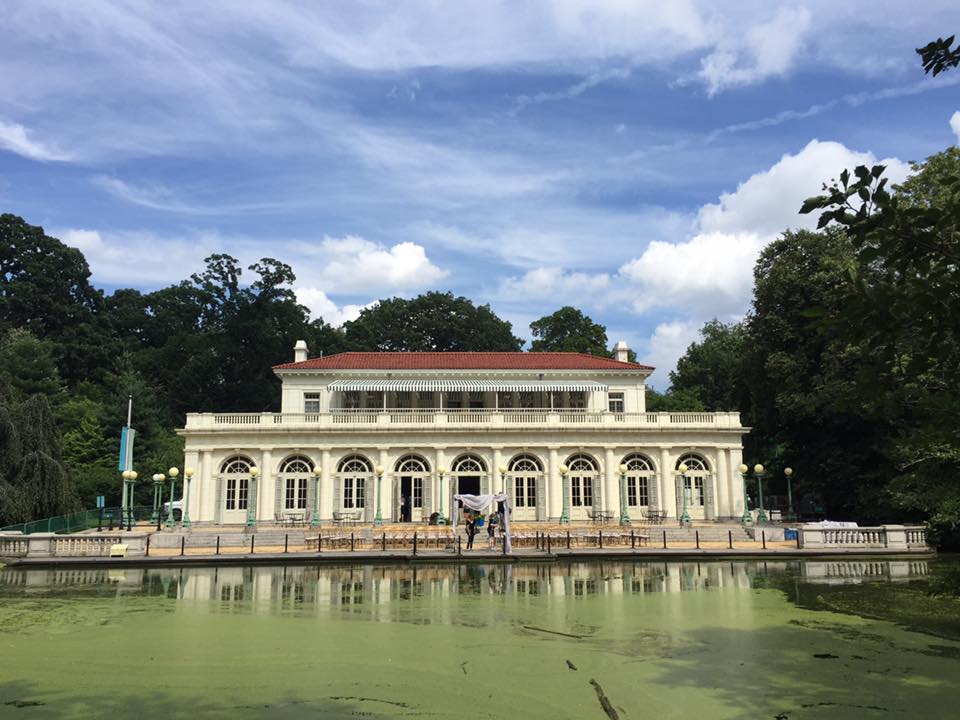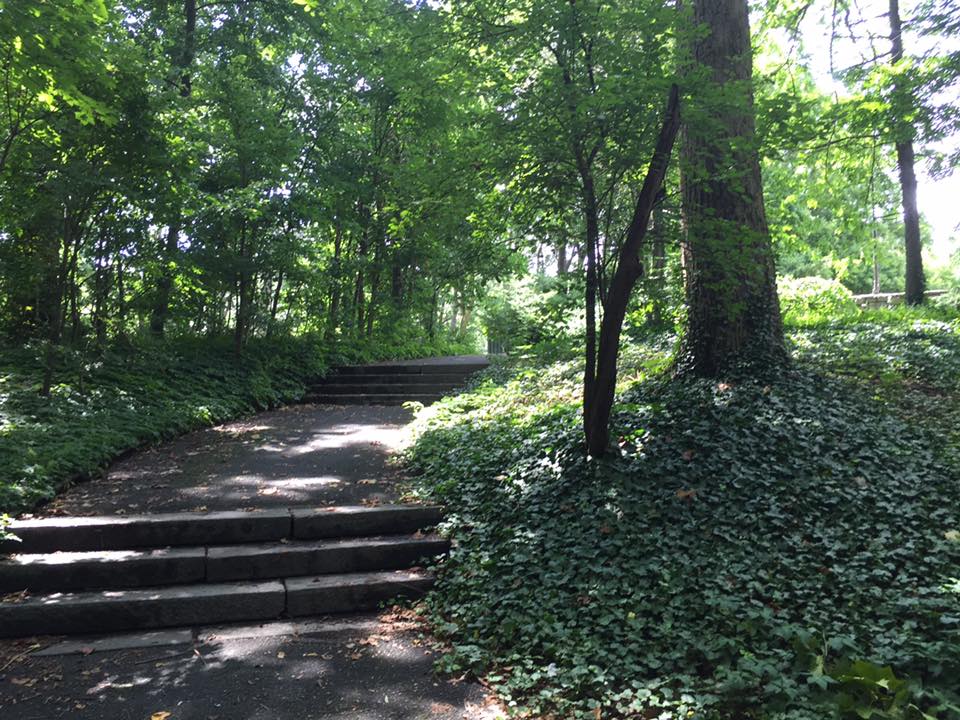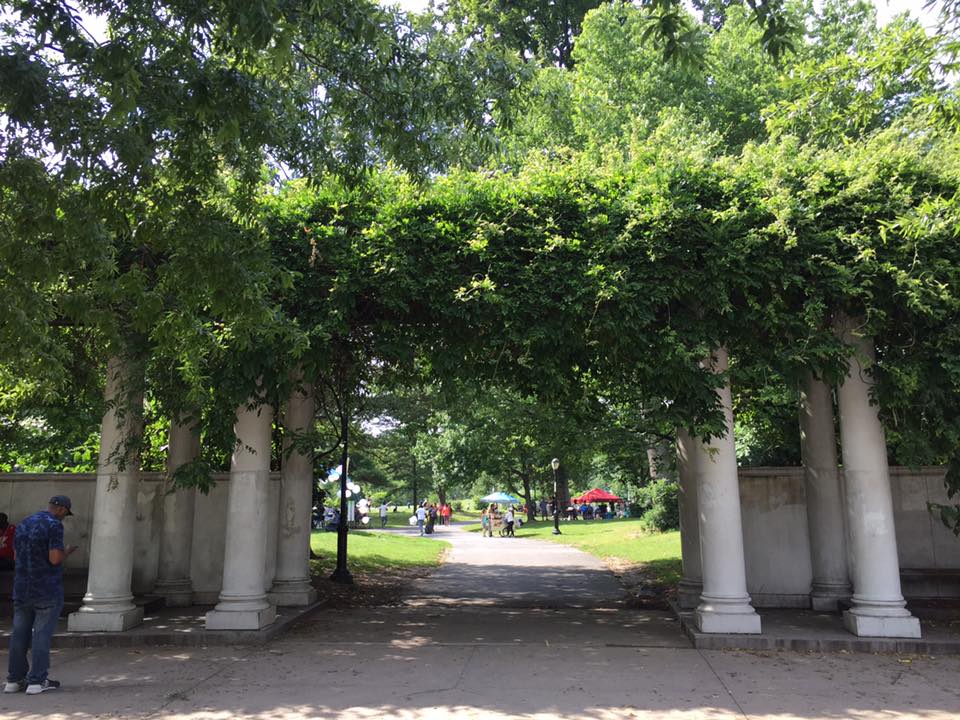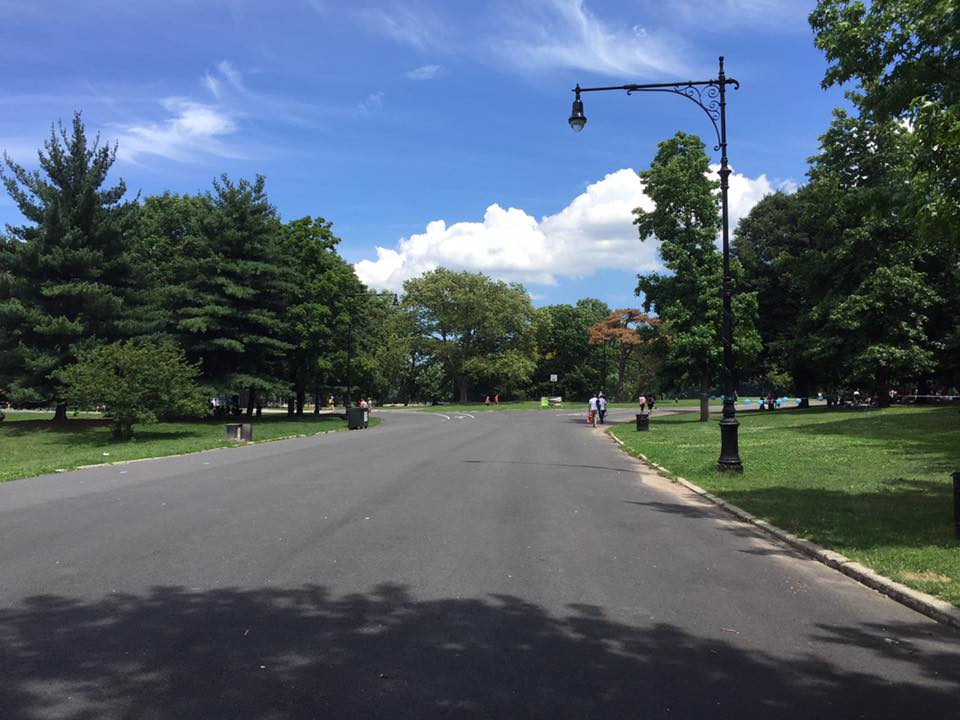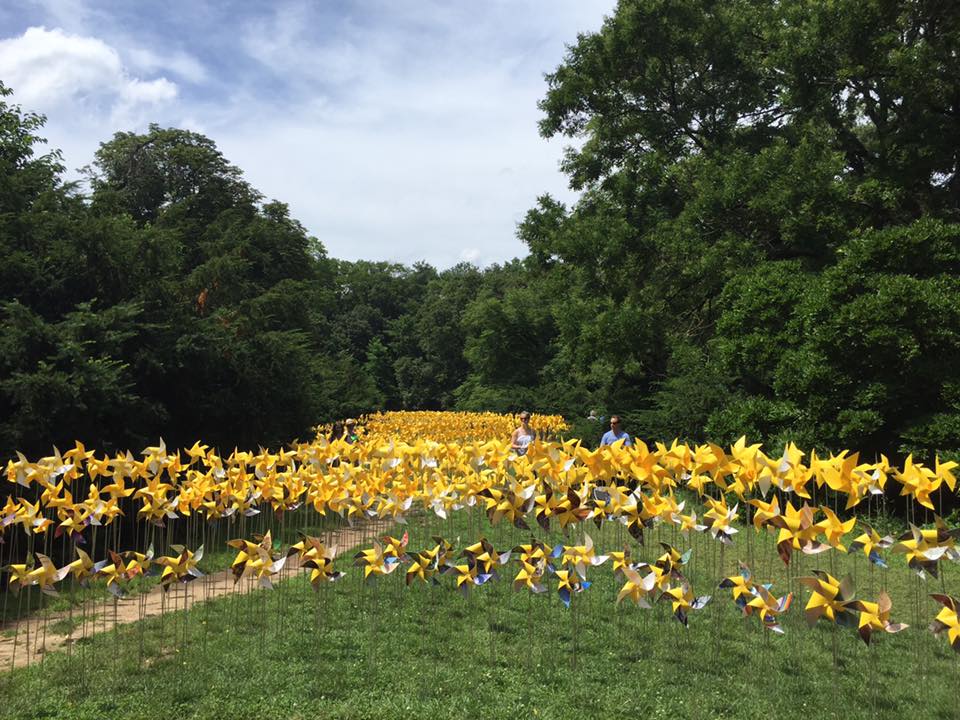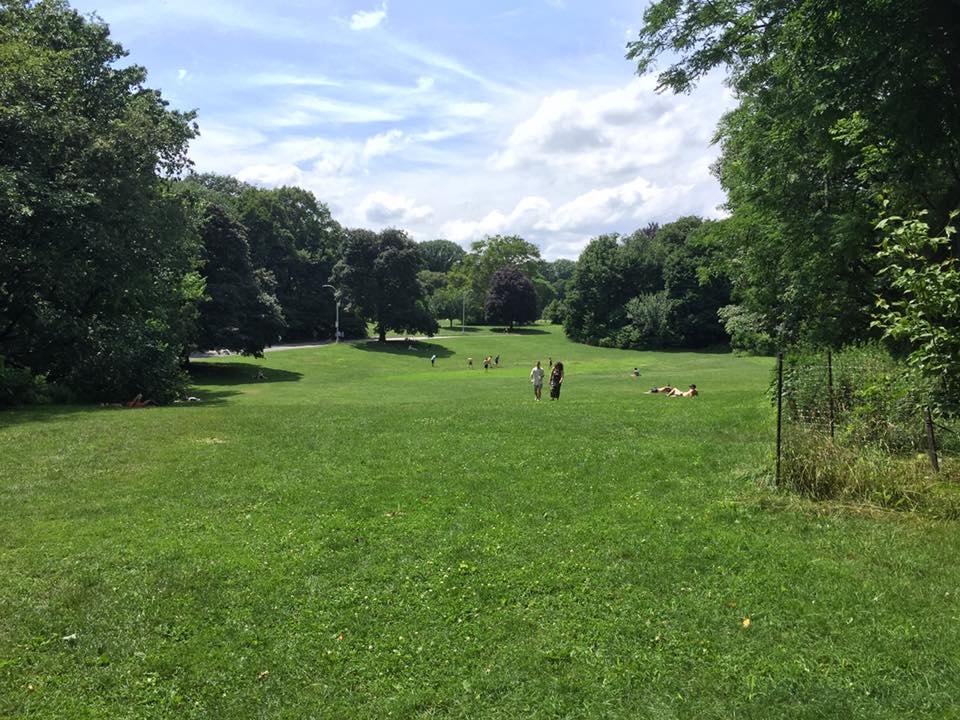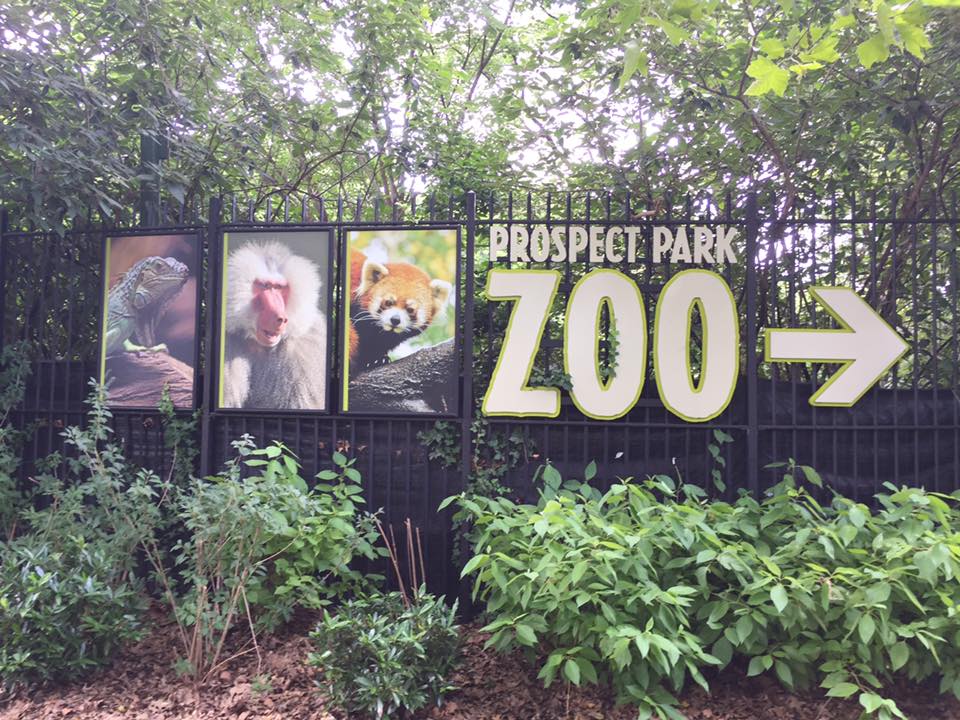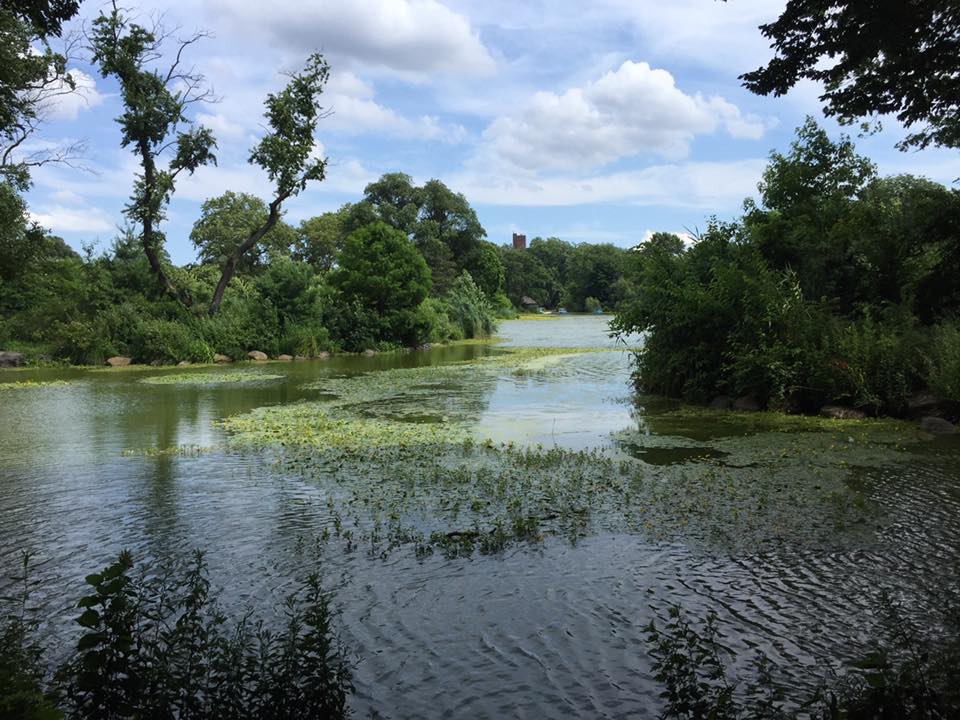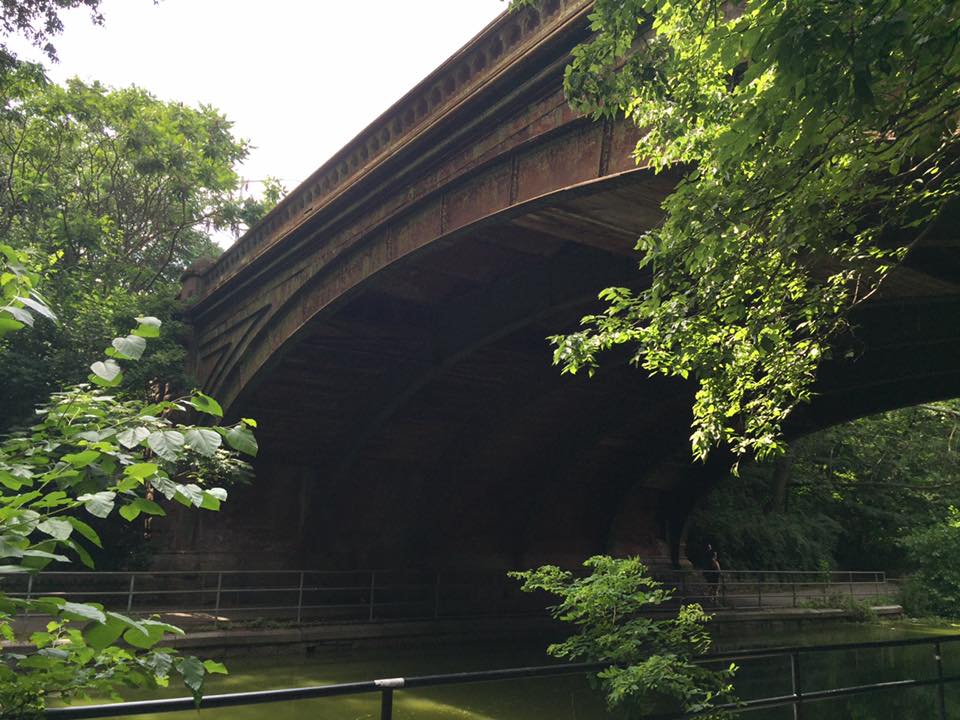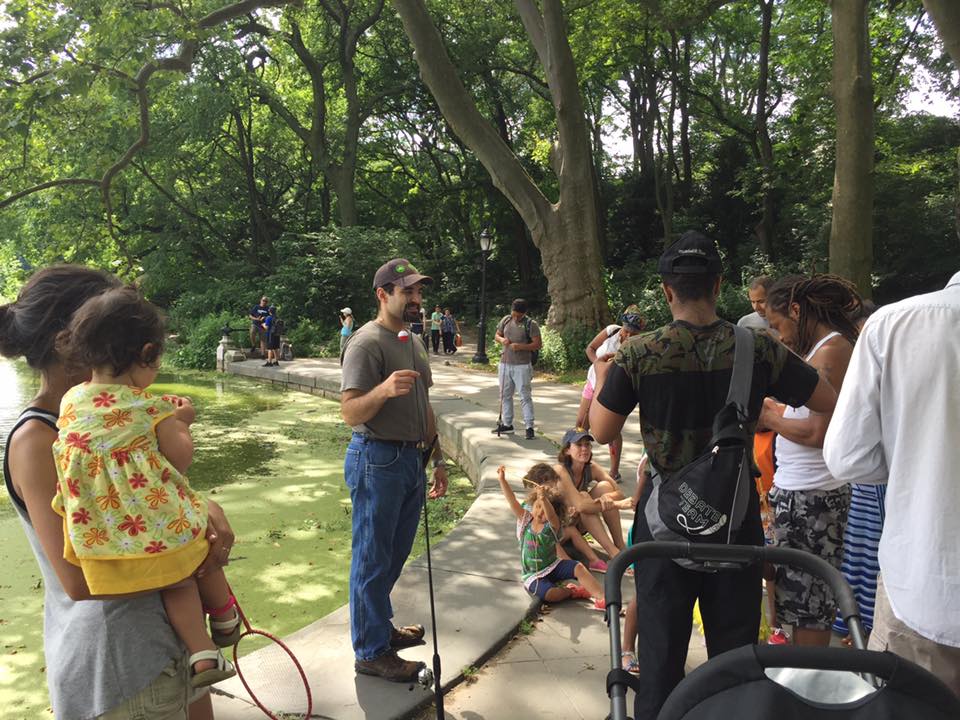Several years ago, 5Pointz, the original NYC graffiti "mecca" was lost when the building's owner decided to sell the building to developers. The artists have demanded justice for years, and yesterday a Brooklyn jury agreed the destruction of the art violated the artists' rights. Here are my thoughts on all this:
First, this is a more complicated story than many realize. Contrary to the chaotic, lawless nature of graffiti many artists still cultivate, this was all super organized. The 5Pointz artists were not vandalizing this building. The curator*-- Meres (whose signature art involves lightbulbs)-- sought out this building for a graffiti gallery and asked the owner's permission. The owner, Mr. Wolkoff, agreed, as at the time the neighborhood was undesirable, so who cared. The inside he rented as artist studio space, etc, at low cost. He was known as being very generous, in this regard. So it wasn't even encouraging or allowing the graffiti, it was an active partnership, albeit one where no $$ exchanged hands. So their claim is that they had legit ties to the building, and deserved a say in all this. And that much is fair.
So I sympathize with all this. But my concern is how this ruling will ultimately come back to hurt this community of artists.
The Bushwick Collective-- today's NYC graffiti "mecca", and where I do my Brooklyn art tour-- happened because lots of Bushwick commercial property owners agreed to the same as Wolkoff had years ago... allowing artists to use entire blocks as a canvas, for free. And that has a strict curator as well, local businessman Joseph Ficalora. After seeing this case play out, how many building owners of the next Bushwick Collective or 5Pointz will say "no" when asked, because they fear a future lawsuit? I worry about that.
Many of these artists benefited immensely from 5Pointz, more than any legal compensation can offer. Popular NYC street artists, such as Jerkface or Danielle Mastrion, made their names there. It helped legitimize graffiti, aerosol art, and mural as legitimate forms of art. They had a great deal there and, eventually, it ended.
Moreover, the destruction of 5Pointz, while genuinely sad, helped spread out the NYC street art scene, thus allowing more artists to prosper. Its destruction led to the creation of the Bushwick Collective, the Welling Court Mural Project, The New Allen, and so many other art collectives inspired by 5Pointz. This growth has benefited hundreds of amazing artists. Ultimately, I argue, the destruction helped the community more than it hurt.
Ideally, this ends with property owners respecting artists more, and fostering better, clearer partnerships.
The artists all insist today that this ruling will change the graffiti world. But maybe not in that way they expect.
Click on the image below for a link to my gallery of the final art days of 5Pointz:
[*And heavily curated it was. No one painted on 5Pointz's walls without going through Meres, and getting his blessing. There were signs all over the building that insisted any (commercial) photography must get a permit from Meres, and his contact info printed thereon. It was as organized as an art gallery, albeit all outdoors.]
















